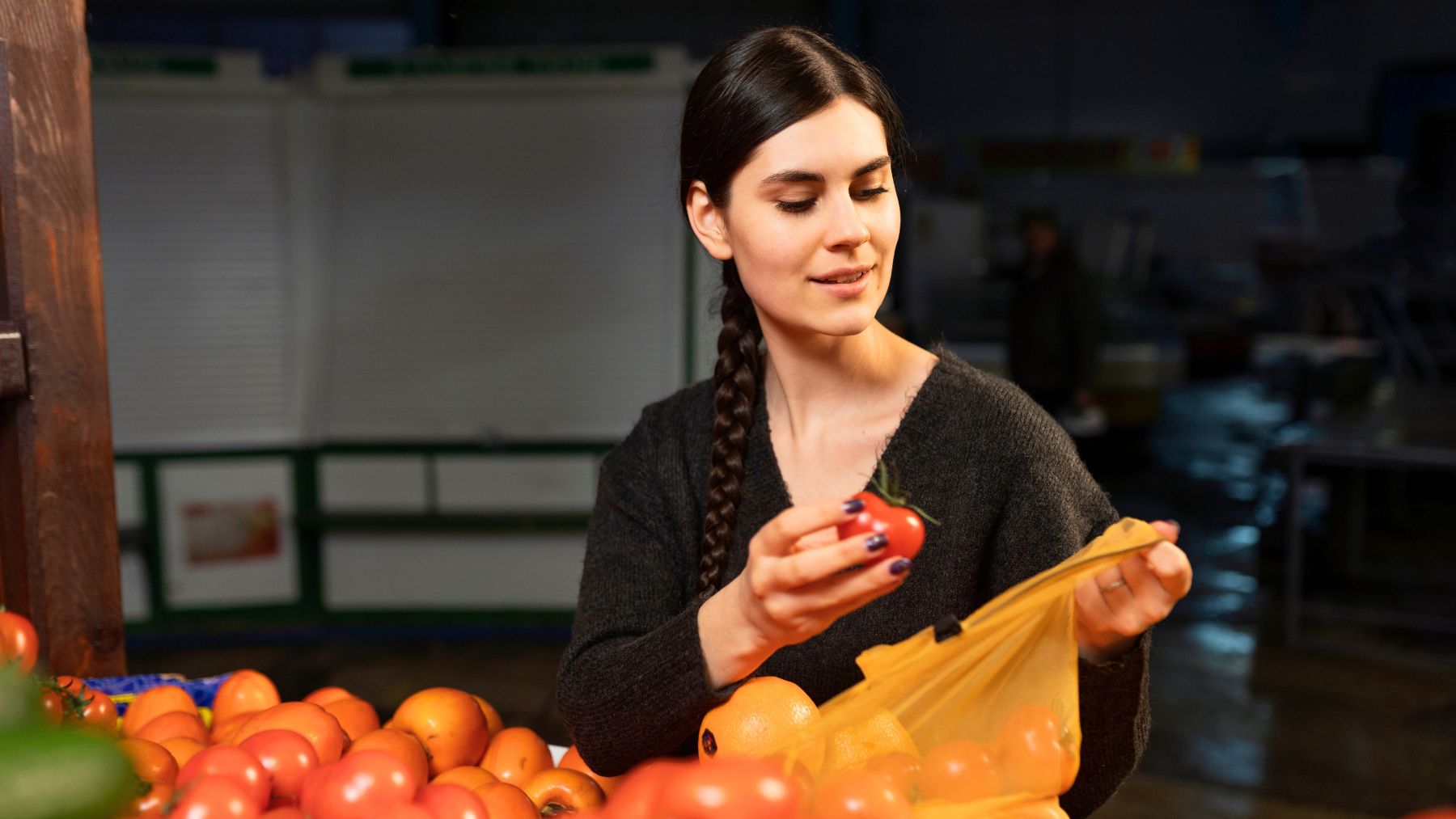Millions of Americans who depend on food assistance will receive more of their November benefits than first expected. The U.S. Department of Agriculture (USDA) confirmed that Supplemental Nutrition Assistance Program (SNAP) recipients will now get up to 65% of their monthly food benefits, after the agency initially said payments would be cut in half.
The update comes as the federal government continues its record-breaking shutdown, disrupting key services and delaying benefits for low-income households nationwide. Here’s what the USDA said about the new benefit levels and how this affects SNAP users across the country.
USDA adjusts November SNAP payments
Patrick Penn, who oversees food and nutrition services at the USDA, said in a court declaration Wednesday that the department revised its earlier estimate after discovering a calculation error. Instead of receiving 50% of their normal monthly SNAP allotment, eligible households will now get up to 65% of their benefits for November.
The Justice Department explained in a separate filing that the USDA “realized this error” after running additional numbers. States had already been notified of the original 50% reduction earlier in the week, but were given updated guidance once the mistake was identified. USDA officials then sent out new instructions to help states recalculate food benefits for each household.
This decision came after the Trump administration faced growing criticism for its handling of SNAP funds during the shutdown. Late last month, federal officials warned states that food-stamp payments might not be issued at all in November due to the funding lapse. That prompted lawsuits from municipalities and nonprofit organizations, arguing that the administration was obligated to protect access to essential food assistance.
A federal judge in Rhode Island sided with the plaintiffs and ordered the USDA to use money from its contingency fund to prevent a total loss of benefits. According to court documents, about $4.6 billion from that reserve will now be used to provide partial SNAP payments through the end of November.
Penn stated that the department “intends to deplete SNAP contingency funds completely and provide reduced SNAP benefits for November 2025”.
The USDA said it will continue coordinating with state agencies to distribute funds as quickly as possible. Still, some households could experience processing delays depending on how each state manages the updated benefit schedule.
How SNAP funding reached this point
The Supplemental Nutrition Assistance Program, which serves over 40 million Americans, has been one of the hardest-hit programs during the ongoing government shutdown. The USDA typically funds SNAP through annual appropriations from Congress, but the agency has been relying on contingency reserves since federal funding expired.
Those reserves were designed to cover short-term emergencies, not extended shutdowns. Officials have warned that the funds will be fully spent after November unless Congress reaches a deal to reopen the government. States have been working with limited guidance, leaving both administrators and recipients uncertain about future payments.
For now, the USDA says it will “fulfill its obligation to expend the full amount of SNAP contingency funds”. That means families will at least get part of their benefits this month.

